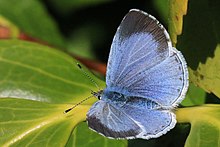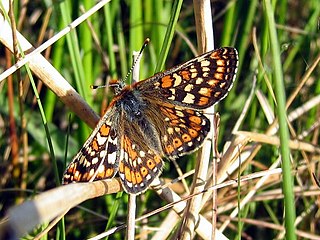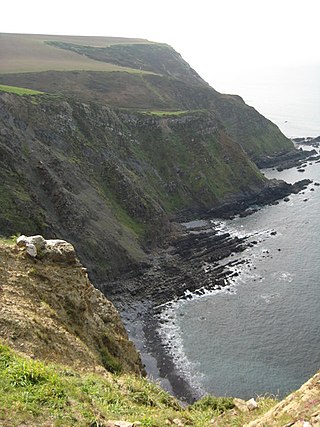Hesperiidae – skippers


Subfamily Heteropterinae
- Chequered skipper – Carterocephalus palaemonLC
- – formerly thinly distributed in south and east, now confined to western Scotland; re-establishment project ongoing (2018–2020) Rockingham Forest, England [9]
Subfamily Hesperiinae
- Small skipper – Thymelicus sylvestrisLC
- – throughout Wales and England, except far north-east and north-west; spreading north and west
- Essex skipper – Thymelicus lineolaLC
- – throughout south-east England, with scattered populations in West Country and as far north as the Humber estuary; spreading north and west
- Lulworth skipper – Thymelicus acteonNT
- – confined to the south coast between Weymouth and Swanage
- Silver-spotted skipper – Hesperia commaV
- – restricted to southern England: east Kent, east Sussex, Surrey, Hampshire, north Dorset, south Wiltshire and the southern Chilterns; expanding distribution
- Large skipper – Ochlodes sylvanusLC
- – throughout England and Wales, and north to south-west Scotland
Subfamily Pyrginae
- Dingy skipper – Erynnis tages tagesLC
- – thinly distributed through much of England and Wales, and in the Scottish Highlands
- Grizzled skipper – Pyrgus malvaeV
- – southern England north to north-east Wales, and south-east Wales

























